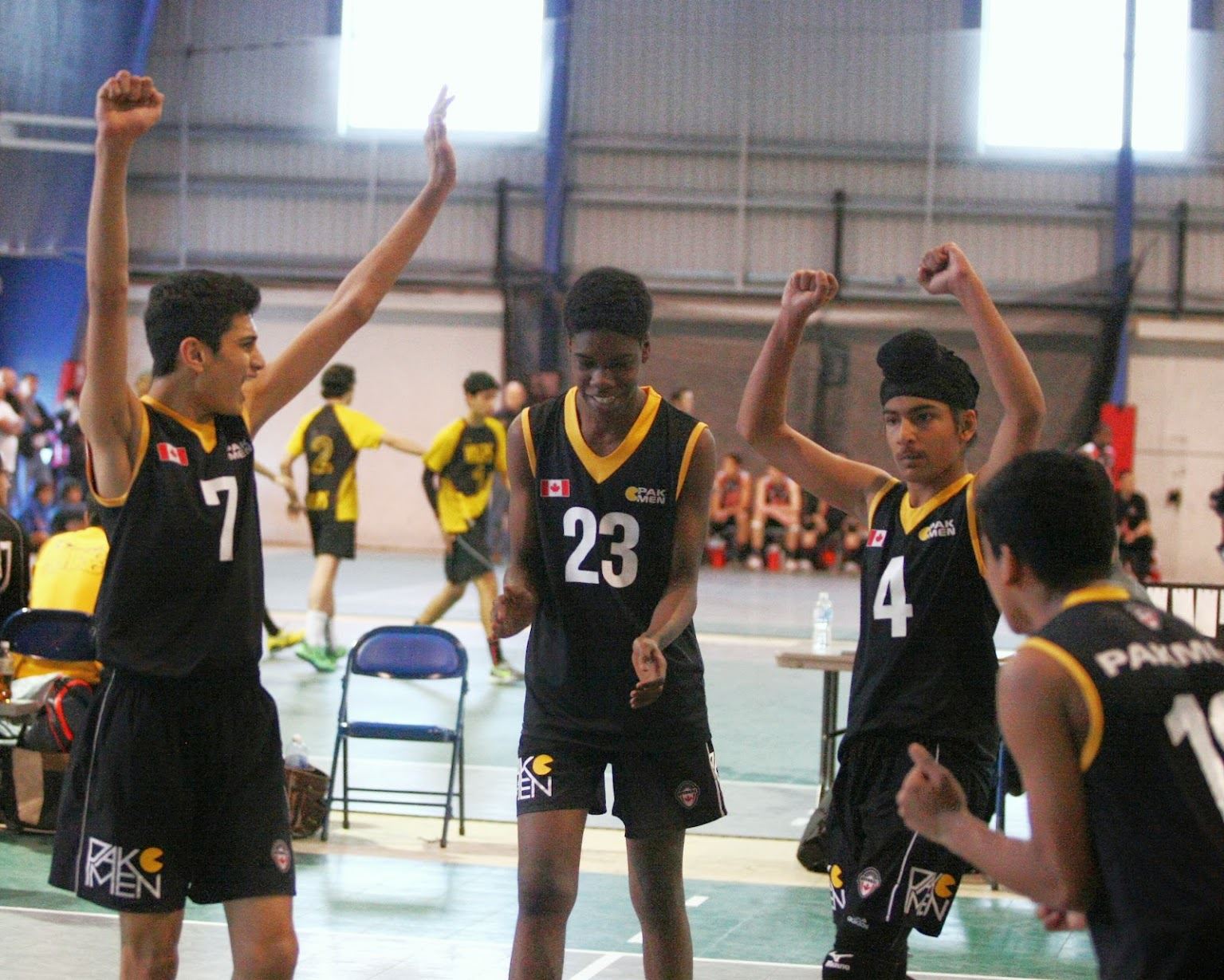Focus on Three Different Positions in Volleyball

By Brampton Volleyball Research Team
In the sport of volleyball, you will find many different stances according to a certain play about to happen or for some kind of strategy. In this article, we are going to go over the stance and place of contact for passing. This is vital to know because passing is a skill which is used very frequently at volleyball matches. There is probably not a single match in volleyball that goes on without passing. Also, several positions only pertain to passing like the libero.
There are many volleyball stances that can be learned. In this article, you will learn about the basic stance for passing as well as where to hit/receive the ball. After mastering these, you will have a simpler time acquiring different and more difficult stances to improve your volleyball skills. If you want to learn more, continue reading.
Setter
A volleyball set is a pass over the head to a hitter so they are able to spike the volleyball over the net. Setters are very important because they can basically control the flow of the game on their side. That is why it is vital for the setter and players to have a good rhythm all together.
You will want to have your feet shoulder width apart as well as your dominant foot in front. Having your dominant foot in front helps with tight passes. The correct stance with your feet will make it seem like the heel of your non-dominant foot and toes of your dominant foot are making a square. Remember to bend your knees.
For your hands, it is advised that you preshape the ball with your hands and flex your wrists back so they are ready to hit the ball. Your thumbs should also be facing each other; about two inches apart. However, it also depends on the size of your hand. If your hands are smaller, they should be farther apart and if they’re bigger, they should be closer together. Before you receive the ball, bend your elbows and then quickly push them up to exert power onto it.
Middle Blocker
Blocking is one of the more complicated parts in this sport due to it having many kinds of blocks. Blocking requires you to think about all the possibilities of where the ball may land. If you touch the ball, will it end up back in your opponent’s court or will he/she be able to make it so it ends up back in your court? Though there are many kinds of blocks, we will be going over the most basic kind so you can go on from here.
Hold your arms up, elbows out, palms facing the neck at about eye level. Concentrate your strength on your finger tips, so you’re not blown back. Also, put your hands in front of you, instead of over your head. Keep your hands here whenever the ball is on the other side because it can cross the net at any time. Be sure to be ready in cases whether it crosses accidentally. For example, if their setter dumps the ball onto your side or if a hitter attacks.
Libero
As there are many newcomers to volleyball, several may wonder, “What position must I play?” A common stereotype is that shorter volleyball players must be liberos and taller athletes must be attackers or blockers. As can be seen, there are various more roles for an athlete with a greater height. Unfortunately, height is in our genes, therefore quite difficult to change. However, there are things apart from your height that factor into the position you play.
Liberos tend to be short because their height helps get lower faster than taller players to receive the ball and to absorb hard hits/serves from the opposing team. One of the shortest Liberos in volleyball is Farhad Zarif. Though he may be short, he has gotten a myriad of rewards. For example, the Best Receiver in the 2001 World Youth Championship. Liberos are very important assets to the team so don’t be discouraged because of your height! They are one of the most crucial parts of the team.
Having a high vertical jump in volleyball is very important because it creates an element of explosive power. Having a good vertical jump is one of the main things that can get you from a libero to a different position like a setter. Average vertical jumps tend to be around 20 inches high for both male and female. However, doing these techniques can increase your jump to five, to ten to with enough training, possibly double the amount you were first able to reach.
An example of a jump is the tuck jump. Practicing the tuck jump allows an athlete to increase their abdominal and hip flexor function. To do this jump, stand with your feet shoulder width apart and then jump as hard as you can straight up. As soon as your knees leave the ground, pull your knees as high as possible then quickly extend your legs back down to catch yourself as you land. Some examples of jumps include depth jumps, lateral jumps, split squat jumps and broad jumps.
Thank you so much for reading this article. We hope that learning these positions will help you improve in your volleyball journey. Remember that each part should feel right to you. Best of luck!
